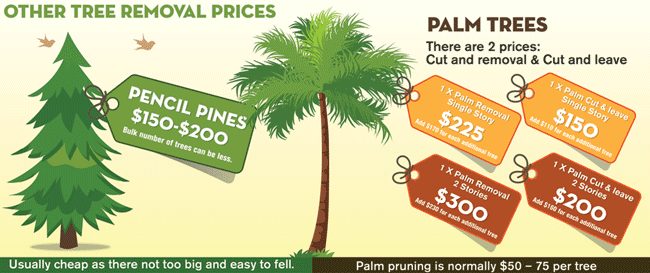The Environmental Benefits Of Stump Grinding: A Lasting Technique To Land Management
The Environmental Benefits Of Stump Grinding: A Lasting Technique To Land Management
Blog Article
Material By-
When it pertains to land management, have you thought about the durable advantages of stump grinding? By addressing the residues left behind after tree removal, this technique not just aids in soil health renovation however also plays an important duty in protecting against disintegration and supporting biodiversity. The environmental advantages of stump grinding expand much past simple appearances, using a lasting remedy that integrates with nature's detailed systems.
Dirt Health Renovation
Aiming to boost the quality of your soil? Stump grinding can be a game-changer for improving dirt wellness on your home. By getting rid of old tree stumps, you're producing room for new development and enabling important nutrients to return to the soil.
As the stumps break down in time, they launch raw material, enhancing the dirt and advertising better plant development.
Additionally, stump grinding assists to freshen the soil, permitting better water infiltration and root development. Compacted dirt can impede plant growth and water absorption, yet by grinding stumps, you're loosening the dirt and developing a much healthier environment for your plants.
Moreover, stump grinding can likewise aid to stop parasite infestations and diseases that old stumps may attract. By eliminating these prospective risks, you're producing a much safer and much more effective landscape.
Erosion Avoidance
To stop soil disintegration efficiently, stump grinding plays an important duty in preserving the security and integrity of your land. By getting rid of unpleasant stumps from your residential property, you're likewise minimizing the danger of disintegration brought on by water runoff. Stump grinding gets rid of barriers that can disrupt the natural circulation of water throughout your land, avoiding soil erosion while doing so.
When stumps are left untouched, they can work as barriers to water circulation, creating soil to remove during heavy rainfalls. This disintegration not just damages your land however also contributes to sedimentation in close-by water bodies, hurting aquatic ecological communities.
Stump grinding aids to prevent these problems by leveling the ground and promoting proper water drainage, decreasing the likelihood of erosion.
Biodiversity Support
Keeping healthy and balanced biodiversity on your land is crucial for developing a thriving environment. By making use of stump grinding as a lasting land management practice, you can significantly sustain biodiversity.
Stump grinding assists promote biodiversity by developing brand-new environments for different plant and pet types. The removal of stumps allows for the regeneration of indigenous vegetation, which consequently attracts a diverse range of wild animals. Pests, birds, and tiny mammals flourish in these freshly accessible locations, contributing to the overall biodiversity of your land.
Furthermore, stump grinding helps prevent the spread of diseases and pests that can hurt plant species, therefore protecting the ecological equilibrium on your home. By removing old stumps, you create area for brand-new plant development, which boosts the total health and wellness of the community.
This much healthier environment sustains a larger variety of species, promoting biodiversity and creating an extra resistant environment in the long term. Accepting agonis juniperina grinding as part of your land management approach can have long-term favorable effects on the biodiversity of your land.
Final thought
By using stump grinding as a lasting technique to land management, you can improve soil wellness, stop erosion, and assistance biodiversity. This eco-friendly approach not only profits the community yet also promotes the development of greenery and produces habitats for various plant and animal varieties. Make lower maintenance costs on the environment by incorporating stump grinding right into your land management methods.
